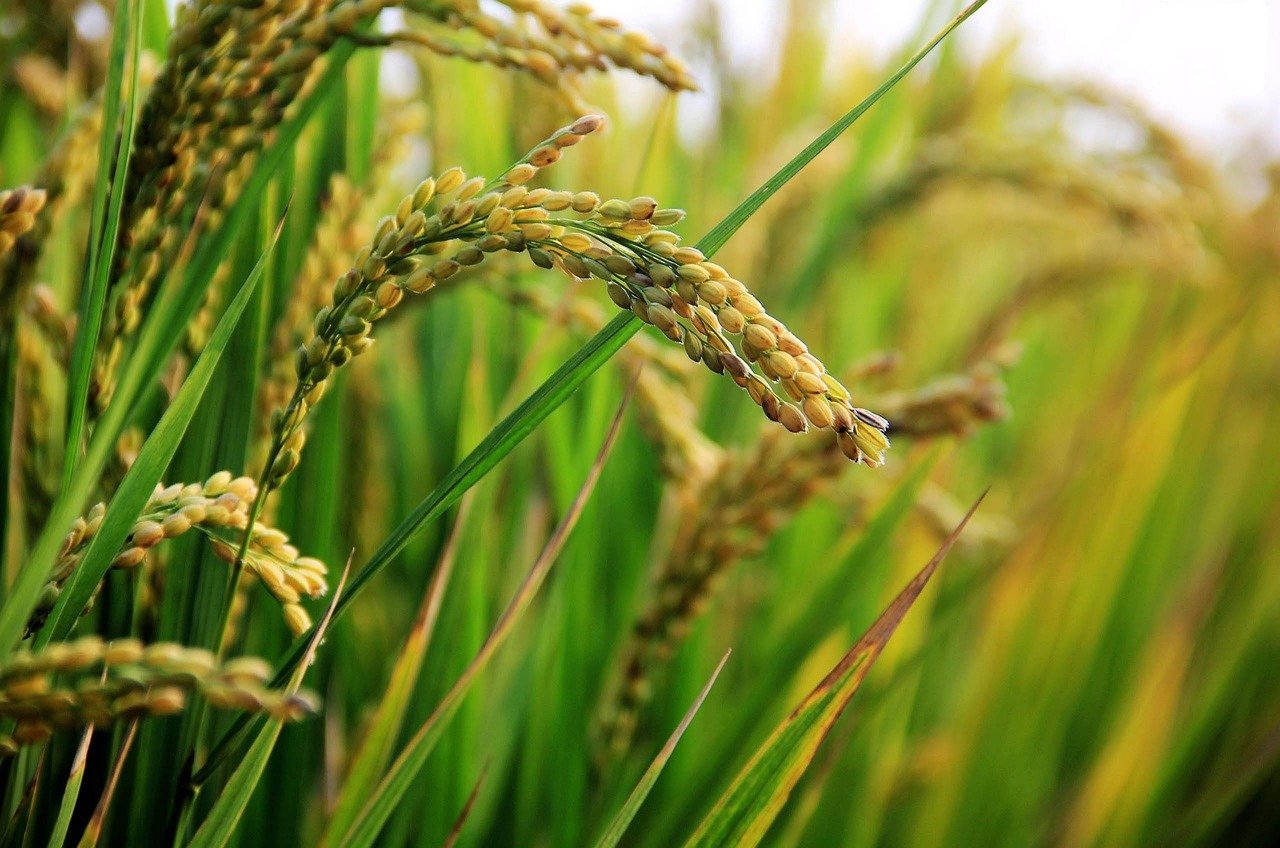In the realm of premium rice varieties, few can rival the elegance, aroma, and culinary appeal of extra long grain basmati rice. Known for its extraordinary length, delicate aroma, and fluffy texture, this rice variety has become a staple in kitchens where quality and presentation matter. Whether you’re preparing a lavish biryani, a celebratory pulao, or a simple everyday meal, extra long grain basmati rice consistently delivers on taste and appearance.
What Is Extra Long Grain Basmati Rice?
Extra long grain basmati rice is a distinguished type of basmati rice characterized by its significant grain length—typically more than 8.4 mm in its raw form. When cooked, the grains elongate further, often doubling in size, while retaining a non-sticky, fluffy texture. It is the grain of choice for chefs who seek both aesthetics and performance on the plate.
Originating from the fertile plains of the Himalayan foothills in India and Pakistan, this variety is cultivated under strict quality controls. The unique climate, soil, and irrigation in these regions contribute to the distinctive features that set extra long grain basmati rice apart from ordinary rice types.
Key Characteristics That Define Excellence
What makes extra long grain basmati rice so sought-after isn’t just its length—it’s the total package of quality indicators that food lovers and professionals admire:
- Extraordinary Length: Significantly longer than other rice grains, even after cooking.
- Delicate Aroma: A natural, nutty fragrance that enhances the dish without overpowering it.
- Non-Sticky Texture: Each grain remains separate and fluffy when cooked properly.
- High Elongation Ratio: Doubles or even triples in length upon cooking.
- Low Moisture Content: Especially in aged varieties, which improves cooking consistency.
- Aging Process: Aged for 1 to 2 years to deepen aroma and reduce breakage during cooking.
These attributes combine to make this rice ideal for high-end culinary applications, where both flavor and visual appeal are paramount.
Culinary Uses of Extra Long Grain Basmati Rice
Because of its versatile characteristics, extra long grain basmati rice is widely used in cuisines across the globe. It adapts well to a variety of preparations and shines particularly in dishes where rice is the centerpiece.
Popular Dishes:
- Biryani: A classic Indian dish where rice must remain long and separate.
- Pulao or Pilaf: Flavorful rice cooked with spices and vegetables.
- Kabsa and Mandi: Middle Eastern rice dishes that rely on fluffy, aromatic grains.
- Jeera Rice: A simple preparation with cumin that highlights the rice’s natural quality.
- Fried Rice Variants: Where structure and integrity of the grain are important.
In buffet settings, weddings, and fine-dining establishments, extra long grain basmati rice provides the presentation and taste that elevate any meal.
Health and Nutritional Benefits
In addition to its culinary appeal, extra long grain basmati rice offers notable nutritional advantages. It’s a good source of complex carbohydrates, essential for energy, and it is naturally low in fat and cholesterol.
Health Benefits Include:
- Low Glycemic Index: Particularly useful for managing blood sugar levels.
- Gluten-Free: Suitable for those with gluten intolerance or celiac disease.
- No Artificial Additives: Naturally processed and free from harmful preservatives.
- Rich in Fiber (brown variants): When consumed in its whole grain form.
For health-conscious consumers, this rice offers a delicious yet balanced choice for daily consumption.
Choosing the Right Brand and Quality
When shopping for extra long grain basmati rice, it’s important to pay attention to several factors:
- Aging: The longer it is aged, the better the aroma and texture.
- Certifications: Look for ISO, HACCP, or USDA Organic labels for quality assurance.
- Grain Consistency: Premium rice will have uniform grains with minimal breakage.
- Packaging: Airtight and moisture-resistant packaging ensures longer shelf life.
Trusted brands such as India Gate, Daawat, Lal Qilla, and Gautam Rice have built reputations for delivering consistent, high-quality extra long grain basmati rice that meets international standards.
Cooking Tips for Perfect Results
To get the best out of extra long grain basmati rice, follow these simple cooking guidelines:
- Rinse Thoroughly: Washing the rice 2-3 times removes excess starch and prevents stickiness.
- Soak Before Cooking: Soaking for 30 minutes ensures even cooking and greater elongation.
- Use the Right Water Ratio: Typically 1 part rice to 1.5 to 2 parts water depending on preference and cooking method.
- Avoid Overcooking: Cook until just tender and then let it rest, allowing grains to firm up.
- Fluff with Fork: After cooking, fluff gently to maintain separation of grains.
These simple steps can transform your dish from ordinary to gourmet.
Global Demand and Export Value
Extra long grain basmati rice is not only a culinary treasure but also a major export commodity. Countries across the Middle East, Europe, North America, and Africa import this rice in large volumes. Its demand is especially high in places like the UAE, Saudi Arabia, UK, USA, and Canada, where diverse cultures rely on rice-based cuisine.
Exporters and manufacturers are increasingly focused on sustainable farming practices, improving yield while maintaining the integrity and quality of the grain. Many now use eco-friendly packaging and traceability systems that allow consumers to understand the origin of their food.
Final Thoughts
Extra long grain basmati rice represents the pinnacle of rice quality. With its impressive grain length, signature aroma, and unmatched texture, it is the preferred choice for chefs, caterers, and home cooks alike. Whether you’re making a royal biryani or a comforting bowl of rice, this variety delivers on all fronts—taste, texture, aroma, and visual appeal.
For anyone seeking to elevate their culinary experiences, incorporating extra long grain basmati rice is a simple yet effective way to add sophistication and flavor to every meal.
